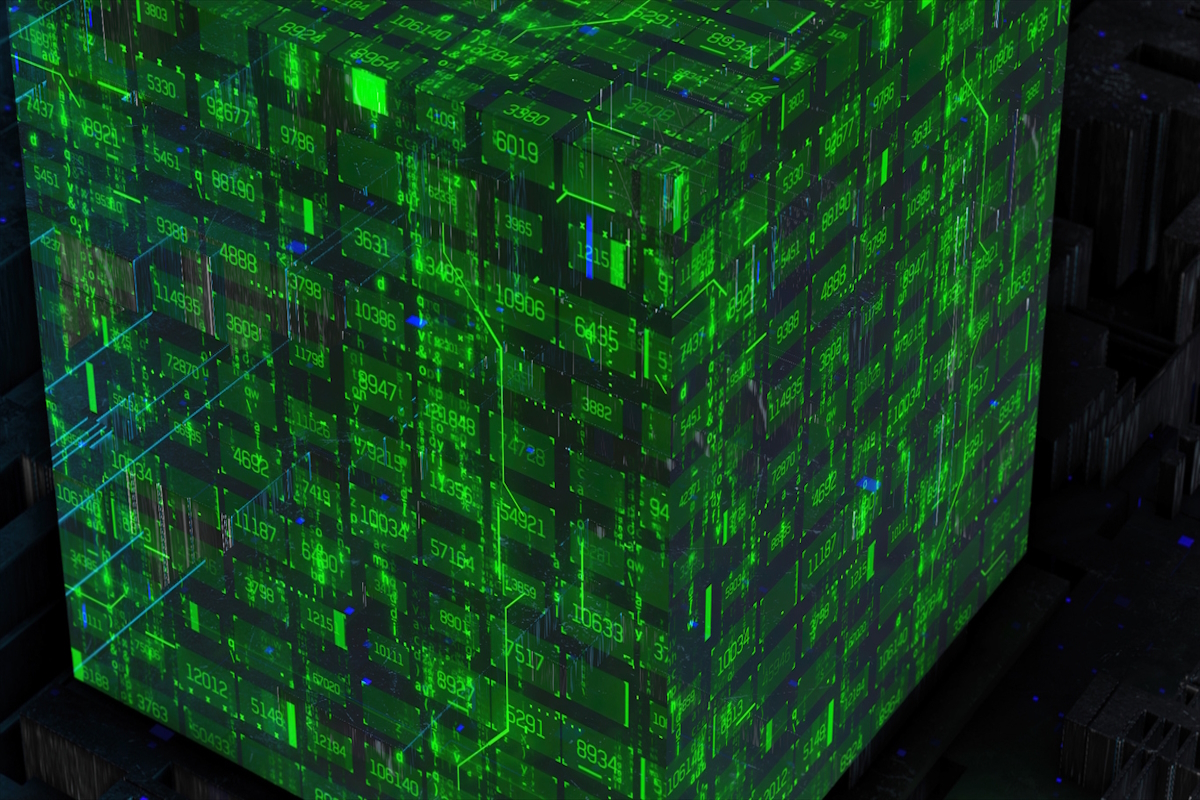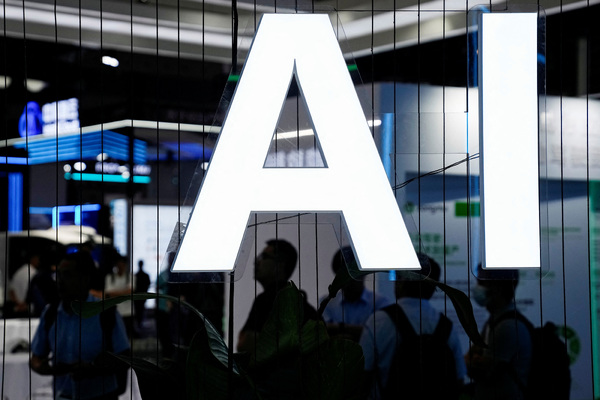Data centres are laying a path to greener AI

Wesley Anastase-Brookes at Ark Data Centres explores the intersection of AI, data centres and sustainable innovation
The use of AI is becoming increasingly prevalent across every industry sector from the personalised recommendation systems deployed in online retail to the complete automation of manufacturing plants. The global artificial intelligence market size is expected to increase twentyfold to $1.9tn by 2030.
This escalating usage will cause many businesses to reassess their IT infrastructure, with energy and sustainability as paramount concerns. Data centres will be at the centre of these discussions, and the good news is that some have already adjusted to meet these new demands.
The rise of AI and what it means
The interest and progress in AI were significant even before ChatGPT’s emergence in late 2022, which sparked widespread enthusiasm.
The increasing adoption of AI we are observing is not merely a trend – it represents a profound shift in how various industries, including healthcare, finance, education, and manufacturing, operate
In response to market demands, they’re rolling out AI-powered solutions alongside their traditional cloud services.
The role of AI in data centres
Data centres are key to this transformation and the unlocking of AI’s full potential. While legitimate environmental concerns now face the sector, more forward-thinking providers are ahead of demand. They have been concentrating on enhancing energy efficiency and maximising sustainability for some time.
This is vital because, without proper preparation, the significant processing demands of emerging AI services could pose significant challenges in terms of reliability, sustainability, and costs. AI tasks, especially those involving deep learning, necessitate substantial computational power for activities like data analysis, pattern identification, and neural network training.
These heightened workloads inevitably lead to greater energy use. For instance, the graphics processing units (GPUs) utilised in AI processing use significantly more energy than traditional central processing units (CPUs).
Moving to sustainable power management
The capability of data centres to improve energy efficiency and lessen carbon emissions depends on the operator’s implementation of technological advances and sustainable practices. These efforts need to be closely integrated.
The surge in power demand necessitates an in-depth reassessment of energy procurement, consumption, and optimisation approaches. This involves not just addressing immediate energy requirements but also aligning with overarching environmental objectives, with a key focus on integrating renewable energy sources.
Data centres are steadily adopting solar, wind, and hydroelectric power. This is no mere gesture – it is a strategic decision targeted at ensuring long-term sustainability and financial viability.
Energy efficiency is a key component of sustainable power management. Advanced AI algorithms are used to optimise energy consumption in data centres, covering everything from cooling systems to server operations.
These AI-enhanced efficiencies lower the energy footprint, while also boosting operational effectiveness. Innovative practices such as repurposing waste heat from data centres for communal heating initiatives or other industrial applications herald a move towards a more circular and sustainable energy model.
Re-evaluating data centre sites for AI needs
AI is reshaping the landscape of data centre locations, moving away from the conventional need to be close to major cities for latency reduction. With AI, the demand for low-latency data centres becomes less critical. The technology’s learning models do not require immediate responses, allowing for more versatility in choosing data centre locations.
This shift enables the decentralisation of AI computing, easing the power demands on major European cities and allowing the use of data centres in areas with easier access to renewable energy sources. The end result is a welcome reduction in environmental footprint.
This manifests as companies positioning their AI training and modelling facilities away from major urban centres, opting for areas with less burdened electricity grids. This strategy not only reduces stress on data centres close to customer bases, where low latency is key, but also fosters economic development in less affluent regions by enhancing infrastructure and creating job opportunities.
Ark’s Spring Park campus in rural Wiltshire in western England exemplifies this trend. In spite of its countryside location, it has good rail connections and is close to the M4, offering a flexible, sustainable option for businesses looking to expand beyond urban confines. Equipped for AI applications, a data centre such as this provides accessible, scalable solutions.
Training and deploying
AI’s transformative impact extends beyond technological advancement, offering significant benefits to society at large. From early illness detection to predictive analytics enhancing numerous industries, the potential gains are immense.
AI comprises distinct learning and generative stages. The learning stage involves training the model, a task that demands considerable energy but can be carried out remotely.
Once businesses have developed these models, they deploy them to end-users, driving real-time automation. This stage also involves considerable energy use too, necessitating a location nearer to the end-user.
AI, data centres and sustainable innovation
As we progress deeper into the AI era, our shared responsibility for sustainable and socially responsible innovation will continue to grow. Data centre operators and their clients must work together to navigate these evolving dynamics, carefully balancing the drive for technological advancement with environmental stewardship.
The journey ahead is complex, but the industry’s commitment to integrating advanced technology with environmental consciousness is real, with significant accomplishments already achieved.
The future of AI and data centres goes beyond mere technological capability; it involves challenging established norms and charting a course that aligns innovation with broader social well-being.
Wesley Anastase-Brookes is Commercial Sales and Marketing Director at Ark Data Centres
Main image courtesy of iStockPhoto.com and blackdovfx

Business Reporter Team
Most Viewed
23-29 Hendon Lane, London, N3 1RT
23-29 Hendon Lane, London, N3 1RT
020 8349 4363
© 2024, Lyonsdown Limited. Business Reporter® is a registered trademark of Lyonsdown Ltd. VAT registration number: 830519543
Join the Business Reporter community today and get access to all our newsletters, and our full library of talk show episodes
Join the Business Reporter community today and get access to all our newsletters, and our full library of talk show episodes





